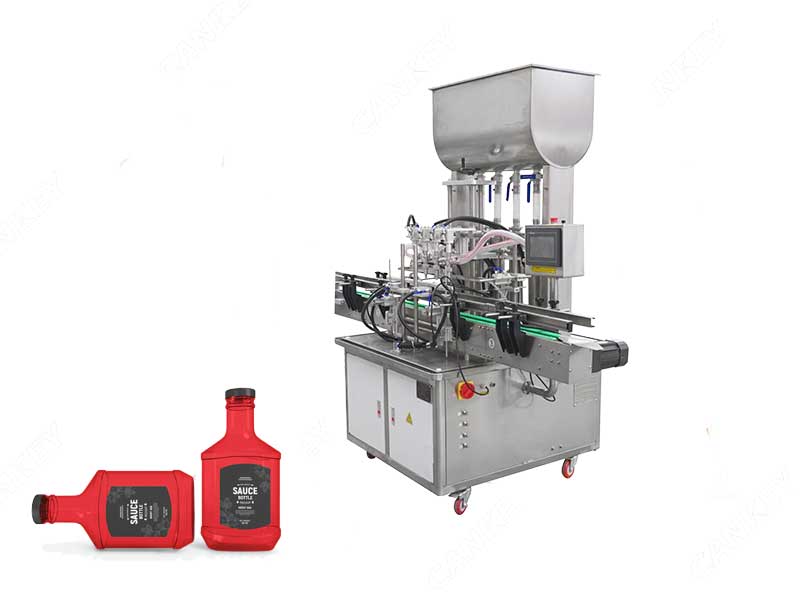Liquid filling machines play a crucial role in industries that require efficient and accurate packaging of various liquid products. To ensure the smooth functioning of these machines and maintain product quality and consistency, it is essential to establish a well-defined Standard Operating Procedure (SOP). This article outlines a comprehensive SOP for the operation of a liquid filling machine, providing step-by-step instructions and guidelines for operators.
Safety precautions:
Before starting any operation, safety should always be the top priority. The following safety precautions must be observed:
- Ensure that the machine is properly grounded to prevent electrical hazards.
- Wear appropriate personal protective equipment (PPE) such as gloves, goggles, and lab coats.
- Familiarize yourself with the emergency shut-off procedures and the location of fire extinguishers.
- Keep the work area clean and free from obstacles to avoid accidents.
Machine setup:
Proper machine setup is crucial for accurate and efficient filling operations. Follow these steps:
- Ensure the machine is clean and sanitized before each use.
- Adjust the height and position of the filling nozzle according to the container’s specifications.
- Set the desired filling volume and speed on the control panel.
- Check that all necessary liquid supply lines and valves are properly connected and functioning.
Product preparation:
Before commencing the filling process, prepare the liquid product appropriately:
- Confirm the compatibility of the liquid with the machine and the packaging materials.
- Filter the liquid to remove any impurities that may clog the filling nozzle.
- Maintain the liquid at the recommended temperature to prevent issues during filling.
Operation procedure:
Once the machine setup and product preparation are complete, follow these steps for the filling operation:
- Start the machine and allow it to reach the desired operating temperature.
- Place the empty containers on the conveyor belt or positioning system, ensuring proper alignment.
- Activate the filling process, and monitor the machine for any abnormal behavior or errors.
- Observe the filling process carefully, ensuring that each container receives the correct volume.
- Regularly inspect filled containers for leaks, spills, or any other defects.
- Adjust the machine settings if necessary to maintain accuracy and quality.
- Address any issues promptly, such as clogged nozzles or irregular flow, and perform troubleshooting as required.
- Monitor the machine’s performance periodically, checking for any deviations from the standard parameters.
Cleaning and maintenance:
To ensure the longevity and optimal performance of the liquid filling machine, regular cleaning and maintenance are crucial:
- After completing the filling operation, clean the machine thoroughly, following the manufacturer’s instructions.
- Disassemble the necessary components, such as nozzles, valves, and filters, for a more thorough cleaning.
- Inspect and replace any worn or damaged parts.
- Lubricate the machine as per the manufacturer’s recommendations.
- Keep a maintenance log, noting the date and details of each maintenance activity performed.
Implementing a Standard Operating Procedure (SOP) for the operation of a liquid filling machine is essential for achieving consistent and accurate results. By following the guidelines outlined in this article, operators can ensure the safety of the working environment, maintain product quality, and prolong the machine’s lifespan. It is crucial to update and review the SOP regularly to incorporate any changes in equipment, processes, or safety regulations, allowing for continuous improvement in the liquid filling operations.


